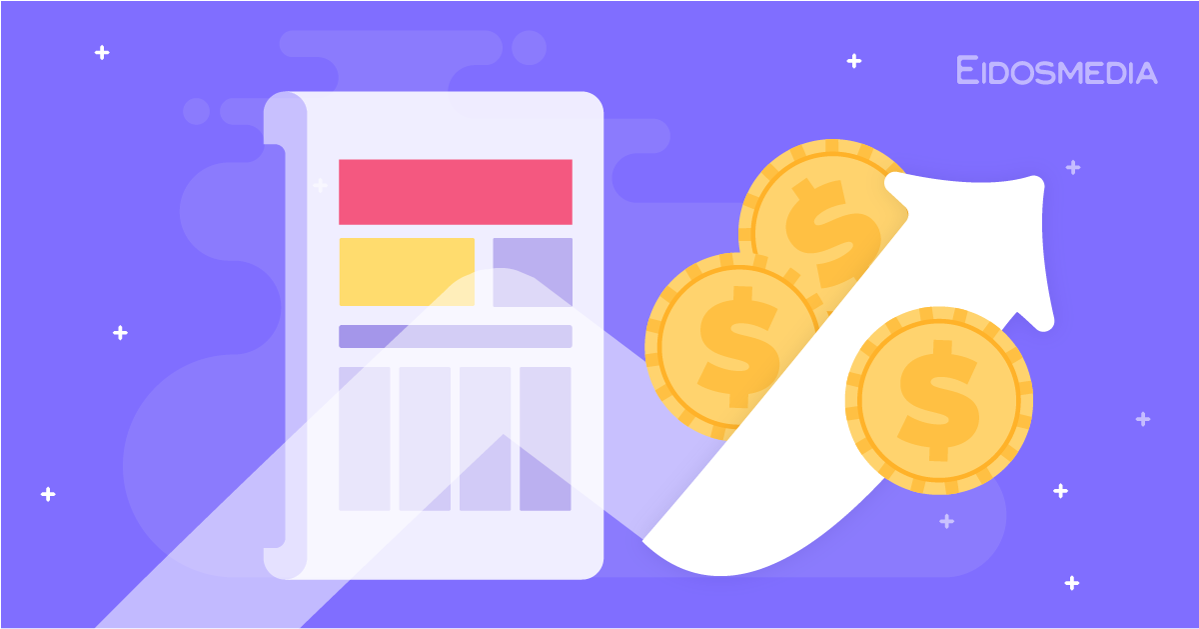Is print still profitable?
A recent study suggests that print news revenues are healthier than is often supposed and are even on the rise in some markets. At the same time, AI-driven automation of print page layouts promises major gains in productivity for print news operations.
It’s no secret that print news revenues have declined as digital channels have grown in importance; however, a new industry report shows that the share of news-media revenue that comes from print grew over the last year and continues to make an important contribution to publishers’ revenues.
Meanwhile, AI-driven page layouts promise to boost productivity and profitability for print news publishers. Does this news herald a return to a focus on print? We look at the indications for the continued viability and profitability of print news.
Print is still driving revenues
Newspaper revenues have always been a complicated mix of subscriber revenue, ad sales, and individual purchases— but savvy media organizations are diversifying their offerings to firm up the bottom line. The recent “World Press Trends Outlook 2023-2024” from WAN-IFRA breaks down how the monetization mix has changed from year to year.
According to the report, advertising is still the dominant source of revenue, accounting for 43% of projected revenue over the next year. Subscription revenue from print and digital sources accounts for an anticipated 35% of revenue. Importantly, print is expected to contribute 57.5% of the revenue from ads and subscriptions. That’s a slight increase from last year.
For some publishers. print is still an important part of their business model, even if its contribution is expected to fall: “In 2022, 70% of our gross margin came from print, and only 30% from digital. We believe that printed newspapers’ contribution [to the gross margin] will decrease in the coming years and will stand at 30% in 2030,” European publisher Mediahuis COO Paul Verwilt commented at the World Printers Summit 2023 summit.
Digital advertising is diversifying
In 2022, Axios reported that the dominance of Google and Meta in the digital ad sphere is on the wane, but that money isn’t flowing away from the duopoly and toward publishers: “By 2024, Amazon is expected to capture 12.7% of all U.S. digital ad dollars, while Meta is expected to capture 17.9%.”
Competing with these platforms for ad dollars, even in a more privacy-centric ecosystem that should favor first-party publisher data, means publishers must get creative. That means, increasingly, news organizations are also leaning on alternative funding sources — including grants and providing business services — to account for a projected 21.7% of revenue.
Insights from industry respondents
WAN-IFRA’s research found that publishers are also cautiously optimistic about the year ahead. More than half said they were optimistic about the next year, compared to the same number last year, which was pessimistic. Increased revenues are driving this buoyant feeling. Publishers expected their revenue to grow by more than 15% in 2023 and hit 19% growth in 2024.
India readers go for print
There’s more good news for print circulation efforts, at least in one country. A study of media in India boasted similar growth projections but also found that media consumers in India prefer print media. “In the last two years, physical newspapers saw 8 to 10 per cent growth in subscription revenue. This year, it is expected to jump 5 to 7 per cent, largely driven by moderation in prices,” reports Business Standard.
Boosting print productivity with AI
Although still print accounts for a large chunk of some publishers' revenues, it is also a major source of costs, due to the labor-intensive page layout process involved in producing print editions. But this situation is likely to change in the near future as generative AI technologies are applied to print page layout.
One of the earliest developments in this area is Eidosmedia's integration of an AI engine into its edition planning and tracking solution. Powered by an AI model developed by Sophi.io, the engine can create the layouts for a ten-page section in a couple of minutes.
The page automation solution has been adopted by a number of publishers in Germany including Nordwest Zeitung where it is now in production (see case study).
Find out more about Eidosmedia print page automation.

